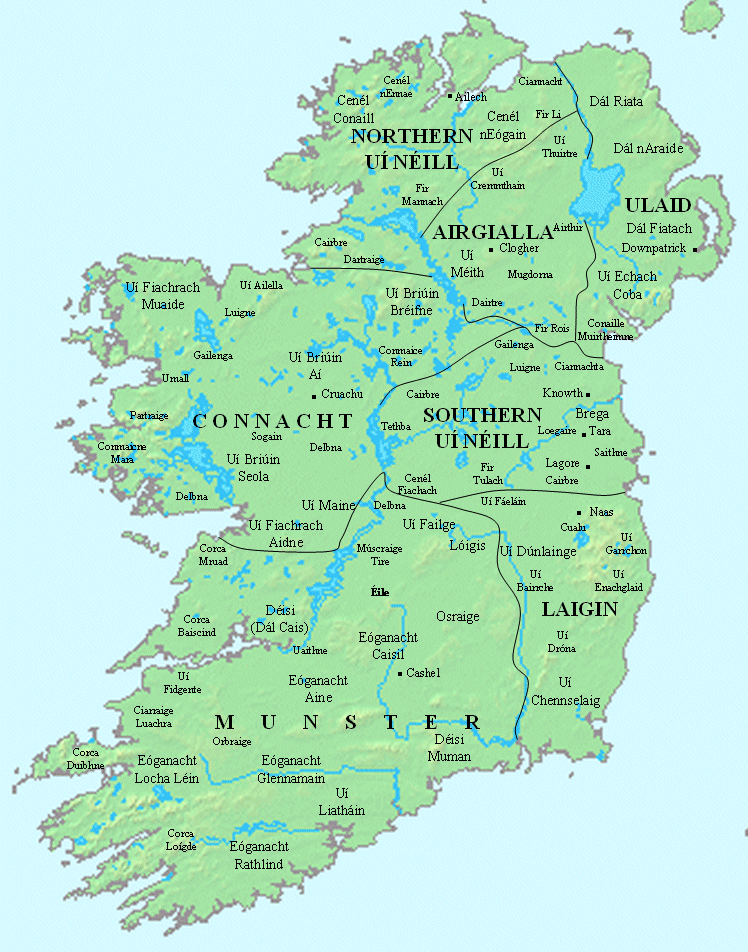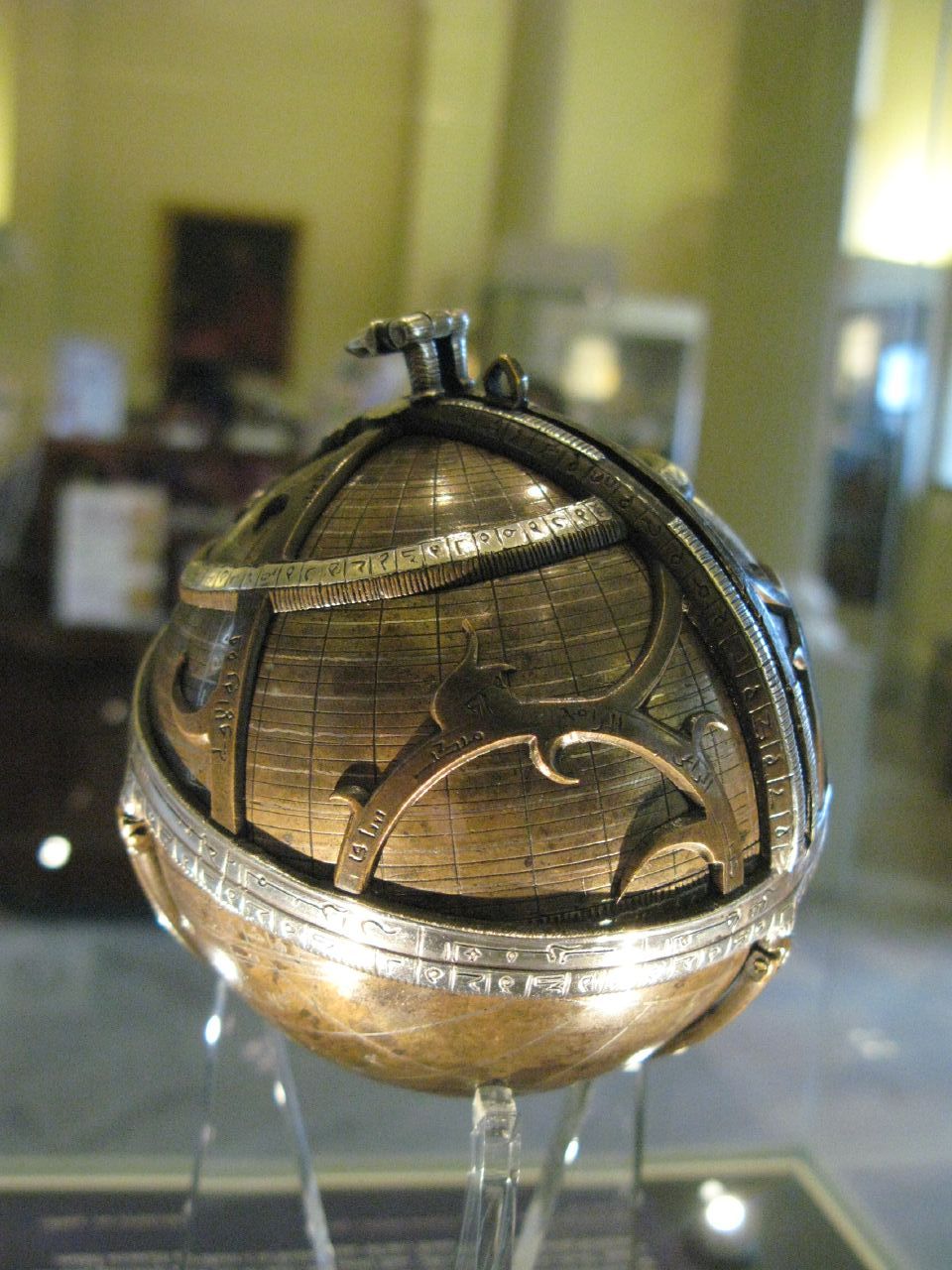|
Muirgheas Ua Cú Ceannainn
Muirgheas Ua Cú Ceannainn (died 1106) was King of Uí Díarmata. Biography The Annals of Ulster record that ''"Niall Odar ua Conchobuir was killed. Muirgius ua Conchenaind died."'', but no connection is drawn between the two events. Muirgius's apparent successor was Aedh Ua Con Ceannainn. References * Vol. 2 (AD 903–1171)editionantranslation* ''Annals of Ulster'' aaUniversity College Cork* ''Annals of Tigernach'' aaUniversity College Cork of McCarthy's synchronisms at Trinity College Dublin
Trinity College Dublin (), officially titled The College of the Holy and Undivided Trinity of Queen Elizabeth near Dublin, and legally incorporated as Trinity College, the Universit ...
[...More Info...] [...Related Items...] OR: [Wikipedia] [Google] [Baidu] |
Uí Díarmata
Uí Díarmata was a local kingdom located in what is now north County Galway. Origins The ruling dynasty took its name from King Diarmait Finn of Connacht (died 833), and the territory in turn was named after them. It seems to have been created by the Uí Briúin in the ninth century during a wave of expansion under his grandson, Uatu ua Diarmada. Its kings appeared regularly in the annals from 971 onwards Concannon By the 11th century its kings had taken the surname Ó Con Cheanain (anglicised "Concannon). The Annals of Connacht state that ''"Domnall son of Aed O Con Chenainn, king of the Uí Diarmata, and Muirchertach his brother"'' were killed at the Second Battle of Athenry in 1316. By this stage it had become incorporated into the territory of ''Clantaie O Dermod'' ( Clann Taidg and Uí Díarmata) ruled by the de Berminghams, Baron Athenry. Writing at Tuam on 13 September 1838, John O'Donovan wrote ''"Henry O'Concanon Esq. of Waterloo near Glentaun in the parish of K ... [...More Info...] [...Related Items...] OR: [Wikipedia] [Google] [Baidu] |
Annals Of Ulster
The ''Annals of Ulster'' () are annals of History of Ireland, medieval Ireland. The entries span the years from 431 AD to 1540 AD. The entries up to 1489 AD were compiled in the late 15th century by the scribe Ruaidhrí Ó Luinín, under his patron Cathal Óg Mac Maghnusa, on the island of ''Senadh-Mic-Maghnusa'', also known as ''Senad'' or Ballymacmanus Island (now known as Belle Isle, where Belle Isle Castle is located), near Lisbellaw, on Lough Erne in the kingdom of ''Fir Manach'' (Fermanagh). Later entries (up to AD 1540) were added by others. Entries up to the mid-6th century are retrospective, drawing on earlier annalistic and historical texts, while later entries were contemporary, based on recollection and oral history. Thomas Charles-Edwards, T. M. Charles-Edwards has claimed that the main source for its records of the first millennium A.D. is a now-lost Armagh continuation of the ''Chronicle of Ireland''. The Annals used the Irish language, with some ... [...More Info...] [...Related Items...] OR: [Wikipedia] [Google] [Baidu] |
Aedh Ua Con Ceannainn
Aedh Ua Con Ceannainn (died 1119) was King of Uí Díarmata. Overview The Annals of the Four Masters simply state that ''"Aedh Ua Conceannainn, lord of Ui-Diarmada, died."'' No contemporary annal gives any more detail, and the precise succession over much of the next century is not clear. References * Vol. 2 (AD 903–1171)editionantranslation* ''Annals of Ulster'' aaUniversity College Cork* ''Annals of Tigernach'' aaUniversity College Cork of McCarthy's synchronisms at Trinity College Dublin
Trinity College Dublin (), officially titled The College of the Holy and Undivided Trinity of Queen Elizabeth near Dublin, and legally incorporated as Trinity College, the Universi ...
[...More Info...] [...Related Items...] OR: [Wikipedia] [Google] [Baidu] |
Aedh Ua Con Ceanainn
Aedh Ua Con Ceanainn (died 1067) was King of Uí Díarmata. He was a supporter of Áed in Gai Bernaig, king of Connacht. He fought and died with him at the battle of Turlach Adhnaigh in Aidhne, in 1067. ''The battle of Turlach Adhnaigh, between Áed in Gai Bernaig, King of Connaught, and Aedh, the son of Art Uallach Ua Ruairc (Áed Ua Ruairc), and the men of Breifne along with him; where fell Áed in Gai Bernaig, King of the province of Connaught, the helmsman of the valour of Leath-Chuinn; and the chiefs of Connaught fell along with him, and, among the rest, Aedh Ua Con Ceanainn, lord of Uí Díarmata, and many others. It was to commemorate the death of Aedh Ua Conchobhair this quatrain was composed:"Seven years, seventy, not a short period/And a thousand, great the victory/From the birth of Christ/not false the jurisdiction/Till the fall of Aedh, King of Connaught."'' References * Vol. 2 (AD 903–1171)editionantranslation* ''Annals of Ulster'' aaUniversity College Cork ... [...More Info...] [...Related Items...] OR: [Wikipedia] [Google] [Baidu] |
Kings Of Uí Díarmata
Kings of Uí Díarmata from c.971 onwards. There are large temporal gaps where no kings or lords are attested. * Tadhg of Uí Díarmata, died 971 * Giolla Comáin mac Néill, died 991 *Muirgheas mac Aedh, died 999 *Mac Cú Ceanain, died 1021. * Muirgeas ua Cú Ceanainn, died 1037 * Aedh Ua Con Ceanainn, died 1067 * Muirgheas Ua Cú Ceannainn, died 1105 * Aedh Ua Con Ceannainn, died 1119 * Donnchadh Ua Con Ceanainn, died 1143 * Teige Ua Con Ceannainn, fl. c. 1152; foster-father of Cathal Crobhdearg Ua Conchobair *Uada Ua Con Ceanainn, ''died a cleric'', 1167 * Cú Ceanain Ó Con Ceanainn, died 1224 * Donnell Ó Con Ceanainn, died 1316 at the Battle of Athenry * Aodh Ó Con Ceanainn, fl. 1319 * Cathal mac Davok Ó Con Ceanainn, died 1370 *O Conceanainn, died 1382. *Ó Conceanainn, died 1389 * Tomas Ó Con Ceanainn, died 1478 * William Ó Con Ceanainn, fl. 1478 * Davok Ó Con Ceanainn, fl. 1478, to Connemara *Ó Con Ceanainn of Cooloo, fl. 1574 *Melaghlin and Teige Ó Con Ceanainn ... [...More Info...] [...Related Items...] OR: [Wikipedia] [Google] [Baidu] |
Trinity College Dublin
Trinity College Dublin (), officially titled The College of the Holy and Undivided Trinity of Queen Elizabeth near Dublin, and legally incorporated as Trinity College, the University of Dublin (TCD), is the sole constituent college of the University of Dublin in the Republic of Ireland. Founded by Queen Elizabeth I in 1592 through a royal charter, it is one of the extant seven "ancient university, ancient universities" of Great Britain and Ireland. Trinity contributed to Irish literature during the Georgian era, Georgian and Victorian era, Victorian eras, and areas of the natural sciences and medicine. Trinity was established to consolidate the rule of the Tudor dynasty, Tudor monarchy in Ireland, with Provost (education), Provost Adam Loftus (bishop), Adam Loftus christening it after Trinity College, Cambridge. Built on the site of the former Priory of All Hallows demolished by King Henry VIII, it was the Protestant university of the Protestant Ascendancy, Ascendancy ruling eli ... [...More Info...] [...Related Items...] OR: [Wikipedia] [Google] [Baidu] |
Nobility From County Galway
Nobility is a social class found in many societies that have an aristocracy (class), aristocracy. It is normally appointed by and ranked immediately below Royal family, royalty. Nobility has often been an Estates of the realm, estate of the realm with many exclusive functions and characteristics. The characteristics associated with nobility may constitute substantial advantages over or relative to non-nobles or simply formal functions (e.g., Order of precedence, precedence), and vary by country and by era. Membership in the nobility, including rights and responsibilities, is typically Hereditary title, hereditary and Patrilinearity, patrilineal. Membership in the nobility has historically been granted by a monarch or government, and acquisition of sufficient power, wealth, ownerships, or royal favour has occasionally enabled commoners to ascend into the nobility. There are often a variety of ranks within the noble class. Legal recognition of nobility has been much more common i ... [...More Info...] [...Related Items...] OR: [Wikipedia] [Google] [Baidu] |
1106 Deaths
Year 1106 ( MCVI) was a common year starting on Monday the Julian calendar. Events By place Europe * Spring – Bohemond I, prince of Antioch, marries Constance of France (daughter of King Philip I) in the cathedral of Chartres. Philip agrees to marry his second daughter, the 9-year-old Cecile of France, to Tancred (nephew of Bohemond). Meanwhile, Bohemond mobilises an expeditionary force (some 30,000 men) to begin a campaign against Emperor Alexios I. * August 7 – Emperor Henry IV escapes his captors at Ingelheim. He enters into negotiations at Cologne with English, French and Danish noblemen, and begins to collect an army to oppose his son Henry V but dies at Liège after a 49-year reign. Henry leads a successful expedition against Count Robert II of Flanders and is forced to swear his allegiance to him. * September 28 – Battle of Tinchebray: King Henry I defeats and imprisons his older brother Robert II, duke of Normandy, in Devizes Castle. E ... [...More Info...] [...Related Items...] OR: [Wikipedia] [Google] [Baidu] |
11th-century Irish Monarchs
The 11th century is the period from 1001 (represented by the Roman numerals MI) through 1100 (MC) in accordance with the Julian calendar, and the 1st century of the 2nd millennium. In the history of Europe, this period is considered the early part of the High Middle Ages. There was, after a brief ascendancy, a sudden decline of Byzantine power and a rise of Norman domination over much of Europe, along with the prominent role in Europe of notably influential popes. Christendom experienced a formal schism in this century which had been developing over previous centuries between the Latin West and Byzantine East, causing a split in its two largest denominations to this day: Roman Catholicism and Eastern Orthodoxy. In Song dynasty China and the classical Islamic world, this century marked the high point for both classical Chinese civilization, science and technology, and classical Islamic science, philosophy, technology and literature. Rival political factions at the Song dynast ... [...More Info...] [...Related Items...] OR: [Wikipedia] [Google] [Baidu] |
12th-century Irish Monarchs
1 (one, unit, unity) is a number, numeral, and glyph. It is the first and smallest positive integer of the infinite sequence of natural numbers. This fundamental property has led to its unique uses in other fields, ranging from science to sports, where it commonly denotes the first, leading, or top thing in a group. 1 is the unit of counting or measurement, a determiner for singular nouns, and a gender-neutral pronoun. Historically, the representation of 1 evolved from ancient Sumerian and Babylonian symbols to the modern Arabic numeral. In mathematics, 1 is the multiplicative identity, meaning that any number multiplied by 1 equals the same number. 1 is by convention not considered a prime number. In digital technology, 1 represents the "on" state in binary code, the foundation of computing. Philosophically, 1 symbolizes the ultimate reality or source of existence in various traditions. In mathematics The number 1 is the first natural number after 0. Each natural number, ... [...More Info...] [...Related Items...] OR: [Wikipedia] [Google] [Baidu] |





